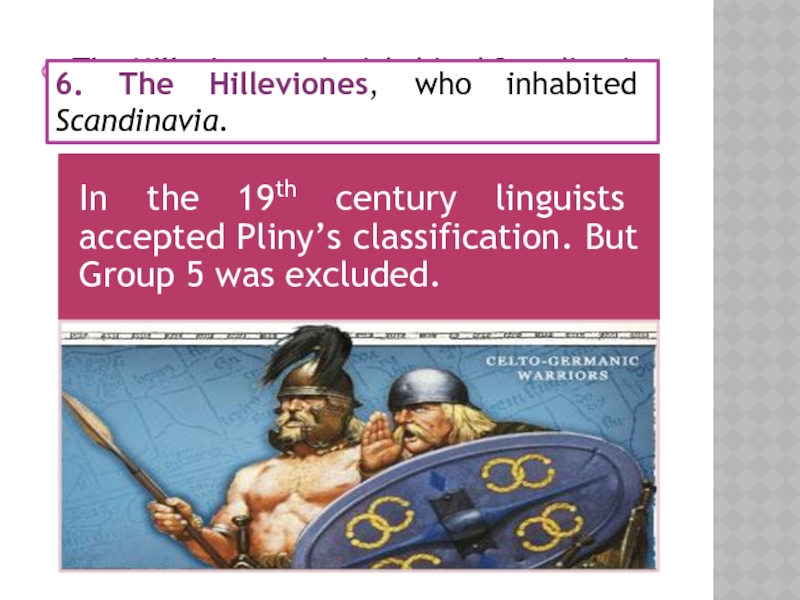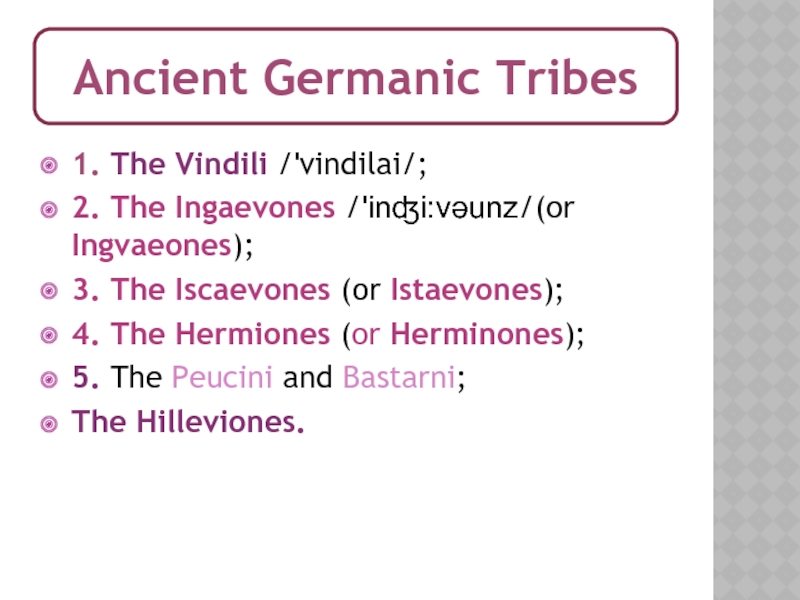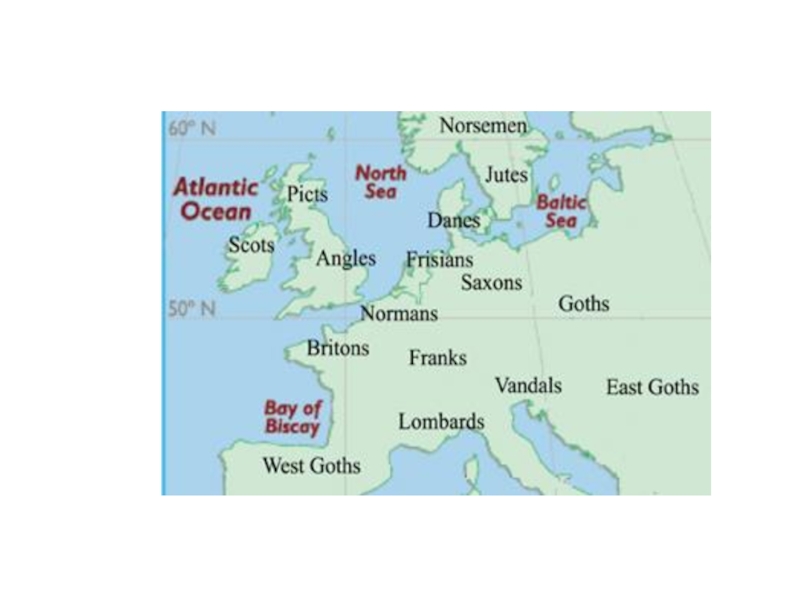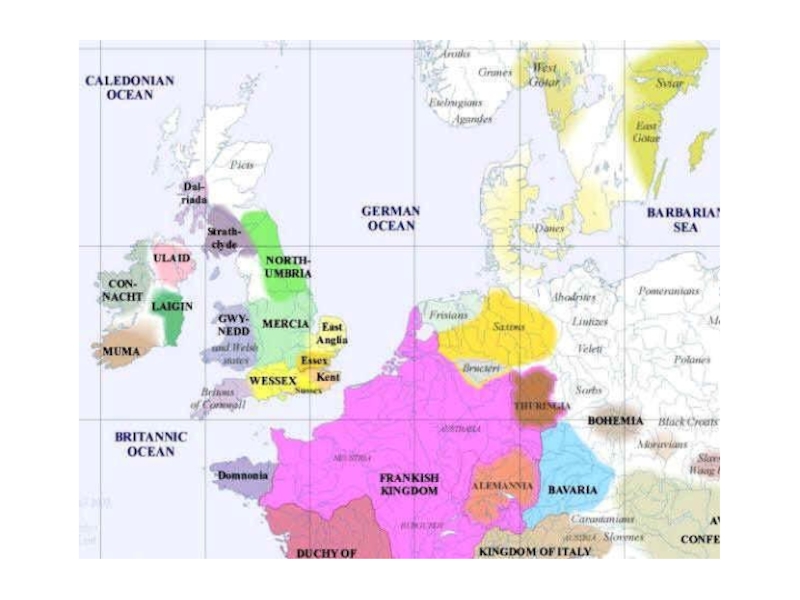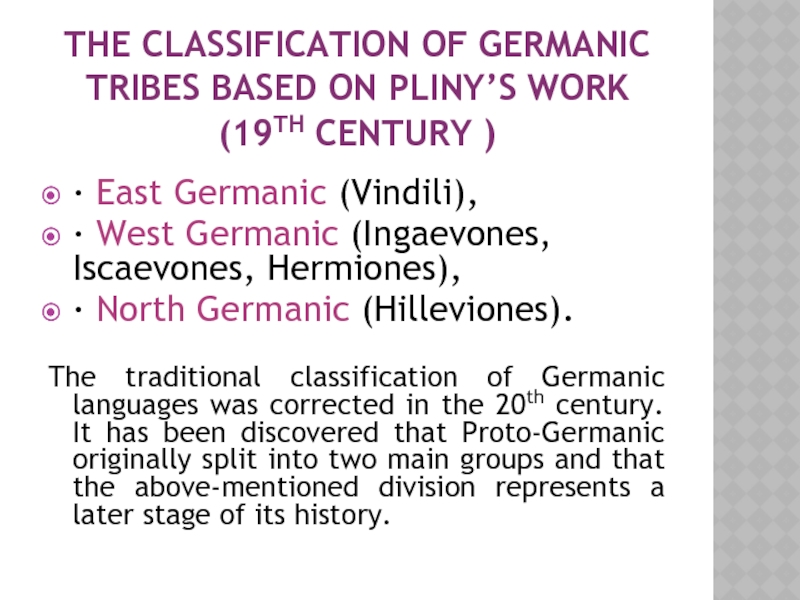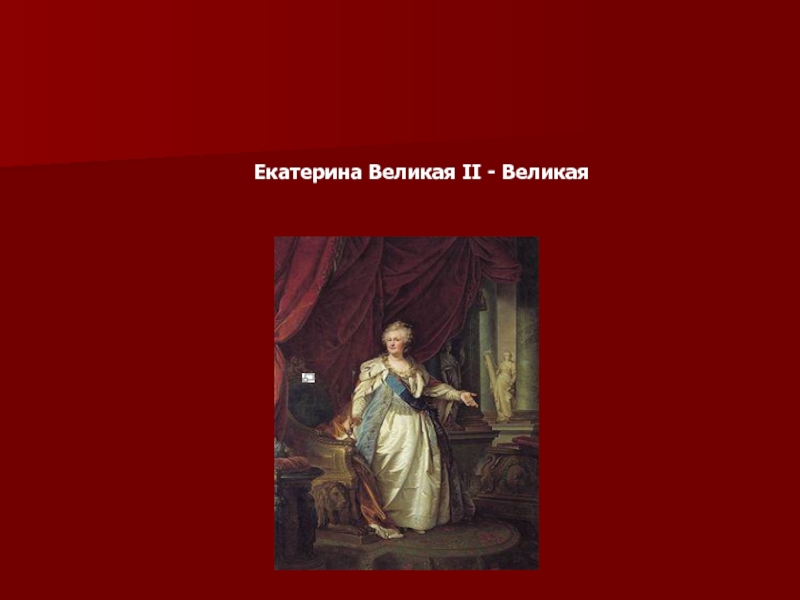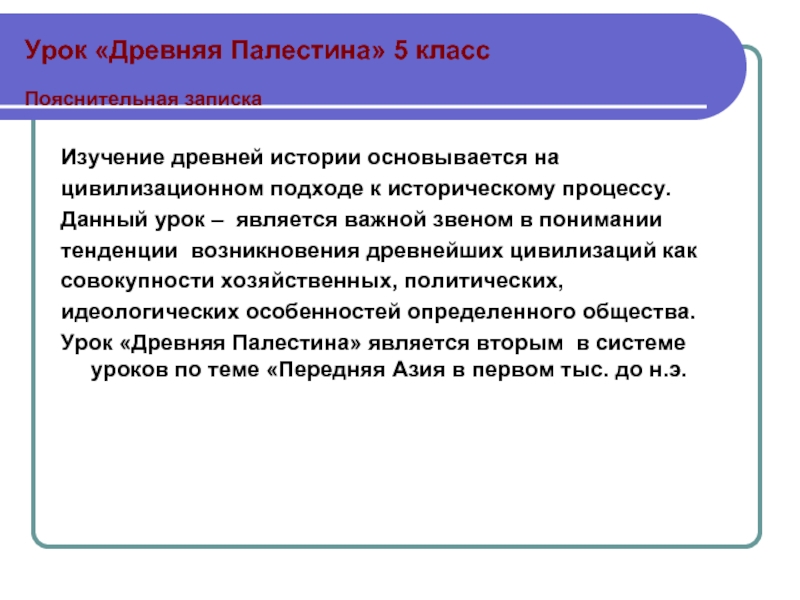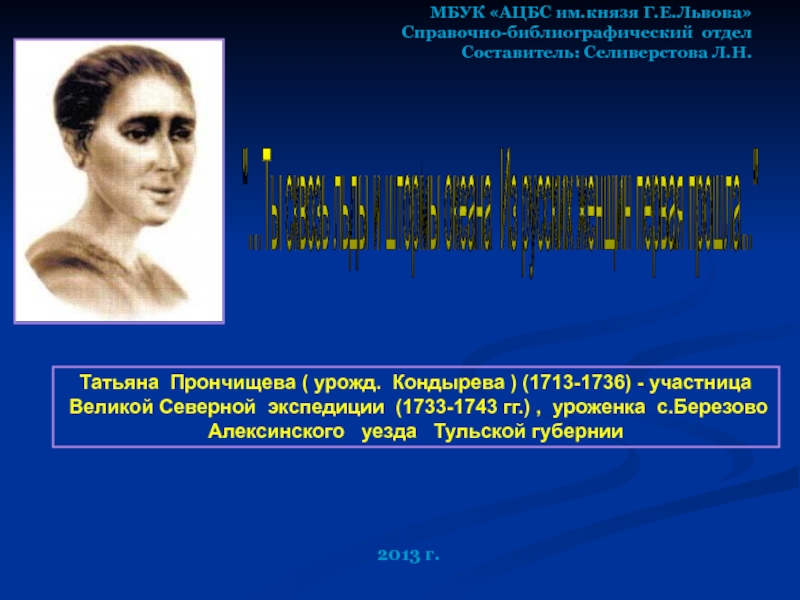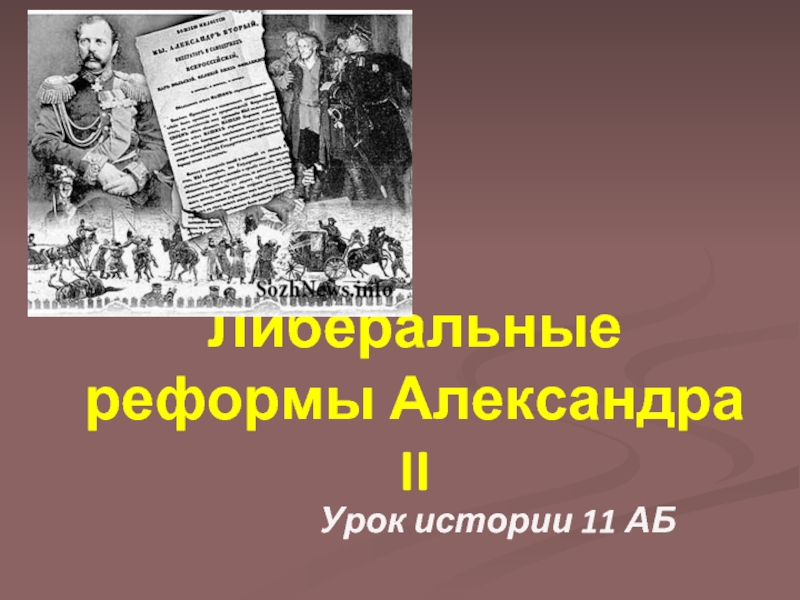- Главная
- Разное
- Дизайн
- Бизнес и предпринимательство
- Аналитика
- Образование
- Развлечения
- Красота и здоровье
- Финансы
- Государство
- Путешествия
- Спорт
- Недвижимость
- Армия
- Графика
- Культурология
- Еда и кулинария
- Лингвистика
- Английский язык
- Астрономия
- Алгебра
- Биология
- География
- Детские презентации
- Информатика
- История
- Литература
- Маркетинг
- Математика
- Медицина
- Менеджмент
- Музыка
- МХК
- Немецкий язык
- ОБЖ
- Обществознание
- Окружающий мир
- Педагогика
- Русский язык
- Технология
- Физика
- Философия
- Химия
- Шаблоны, картинки для презентаций
- Экология
- Экономика
- Юриспруденция
Ancient Germanic Tribes and Their Classification презентация
Содержание
- 1. Ancient Germanic Tribes and Their Classification
- 2. WHO ARE THE GERMANIC PEOPLES? The Germanic
- 3. Germania (Greek: Γερμανία) was the
- 4. Some scolars have proposed a
- 5. An Ancient Germanic Warrior with a Spear
- 6. The Etymology of the Word ‘deutsch’
- 7. GERMANIC BARBARIANS Ancient Germanic Family in the 300ths Franks
- 8. GERMAN ATTACK
- 9. Pliny the Elder Pliny the Elder, was
- 10. According to Pliny the Elder, Germanic tribes
- 11. 2. The Ingaevones /'inʤi:vəunz/(or Ingvaeones). They
- 12. GERMANIC MIGRATION TO ENGLAND The Angles, Saxons,
- 13. 4. The Hermiones (or Herminones). These
- 15. 5. The Peucini and Bastarni. These
- 16. The Hilleviones, who inhabited Scandinavia. 6. The Hilleviones, who inhabited Scandinavia.
- 17. 1. The Vindili /'vindilai/; 2. The
- 20. THE CLASSIFICATION OF GERMANIC TRIBES BASED ON
- 21. THANK YOU!
Слайд 2WHO ARE THE GERMANIC PEOPLES?
The Germanic peoples (also called Teutonic /tju:'tɔnik/
Слайд 3
Germania (Greek: Γερμανία) was the Greek and Roman geographic term for
Germania
Слайд 4
Some scolars have proposed a Germanic etymology *gēr-manni, "spear men", cf.
The likeliest theory so far proposed is that it comes from a Gaulish compound of *ger "near" + *mani "men", comparable to Welsh ger "near" (prep.), Old Irish gair "neighbor", Irish gar- (prefix) "near", garach "neighborly“ [Wikipedia].
Слайд 6The Etymology of the Word ‘deutsch’
The word deutsch (German) probably
The word ‘deutsch’ means ‘people, nation’. Cl.: O.E. þēōd/ þīōd, n. f. ō – nation, people.
The generic *þiuda- "people" occurs in many personal names such as Thiud-reks and also in the ethnonym of the Swedes from a cognate of Old English Sweo-ðēod. Additionally, þiuda- appears in Angel-ðēod ("Anglo-Saxon people") and Gut-þiuda ("Gothic people"). The same root is in the word ‘Teuton’.
Слайд 9Pliny the Elder
Pliny the Elder, was an author, naturalist, and natural
He made up the first classification of Germanic tribes.
Слайд 10According to Pliny the Elder, Germanic tribes could be divided into
1. The Vindili /'vindilai/. They inhabited the eastern part of Germanic territory (the Goths, Burgundians, Vandals, etc.).
Слайд 11
2. The Ingaevones /'inʤi:vəunz/(or Ingvaeones). They inhabited the north-western part of
3. The Iscaevones (or Istaevones). These inhabited the western part of Germanic territory, on the Rhine Later they formed a very powerful tribal union of Franconians (Franks).
Слайд 12GERMANIC MIGRATION TO ENGLAND
The Angles, Saxons, Jutes, and Frisians were the
Слайд 13
4. The Hermiones (or Herminones). These inhabited the southern part of
Thuringia, Bavaria are the federal lands of the present-day Germany.
The Bavarian Alps
Erfurt, the centre of Thuringia
Слайд 15
5. The Peucini and Bastarni. These lived close to Dacia ['deiʃә/
Слайд 17
1. The Vindili /'vindilai/;
2. The Ingaevones /'inʤi:vəunz/(or Ingvaeones);
3. The Iscaevones (or
4. The Hermiones (or Herminones);
5. The Peucini and Bastarni;
The Hilleviones.
Ancient Germanic Tribes
Слайд 20THE CLASSIFICATION OF GERMANIC TRIBES BASED ON PLINY’S WORK (19TH CENTURY
∙ East Germanic (Vindili),
∙ West Germanic (Ingaevones, Iscaevones, Hermiones),
∙ North Germanic (Hilleviones).
The traditional classification of Germanic languages was corrected in the 20th century. It has been discovered that Proto-Germanic originally split into two main groups and that the above-mentioned division represents a later stage of its history.
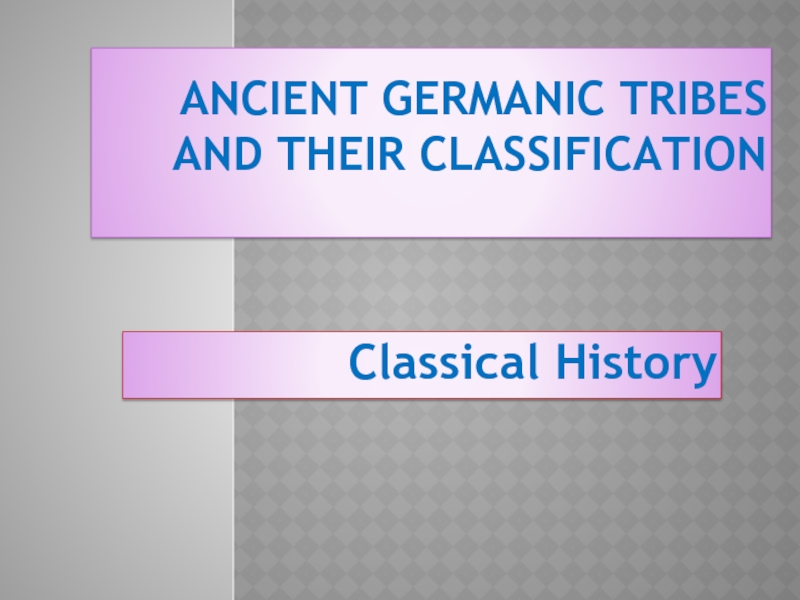
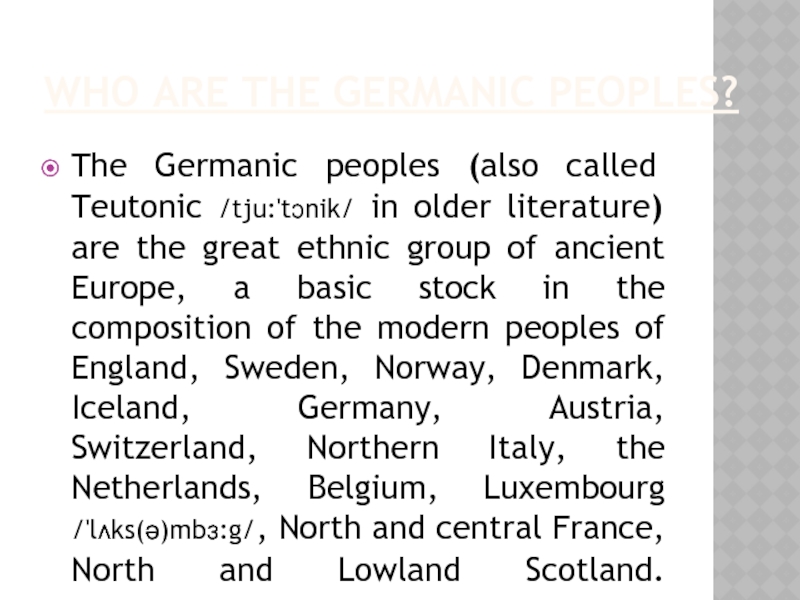
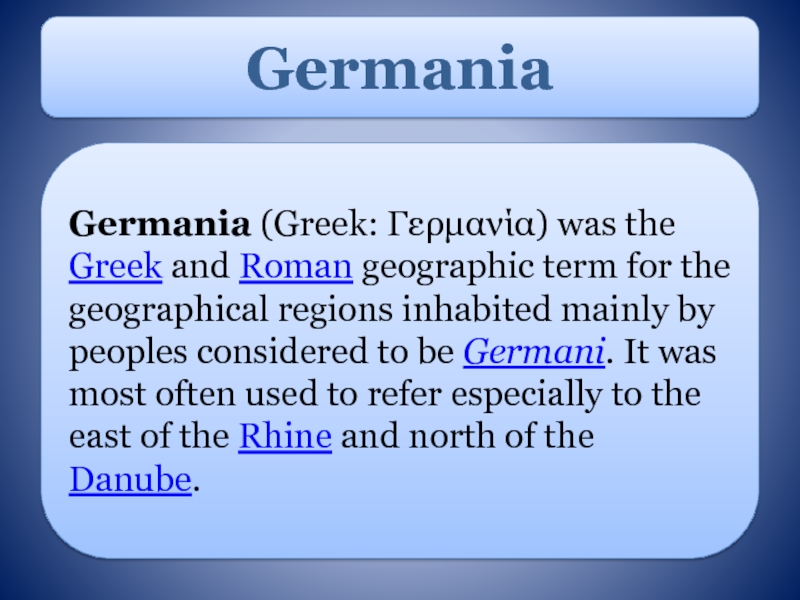
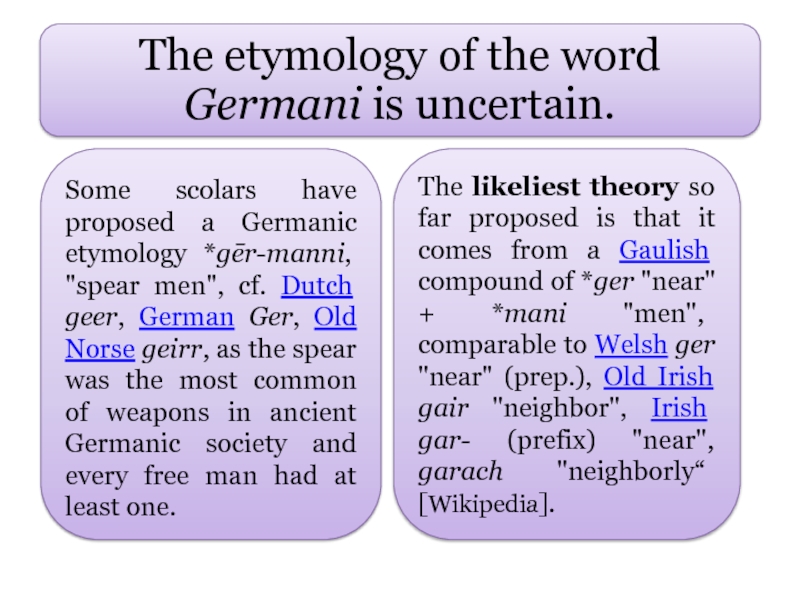

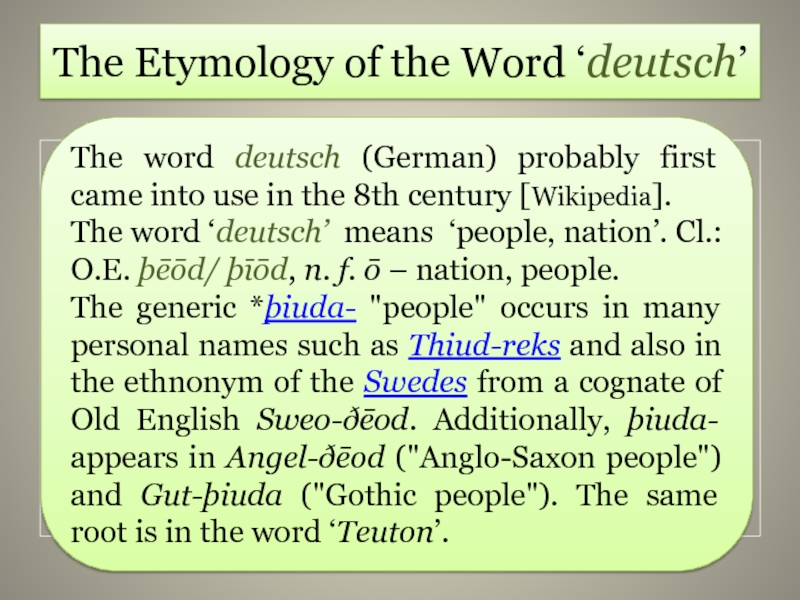
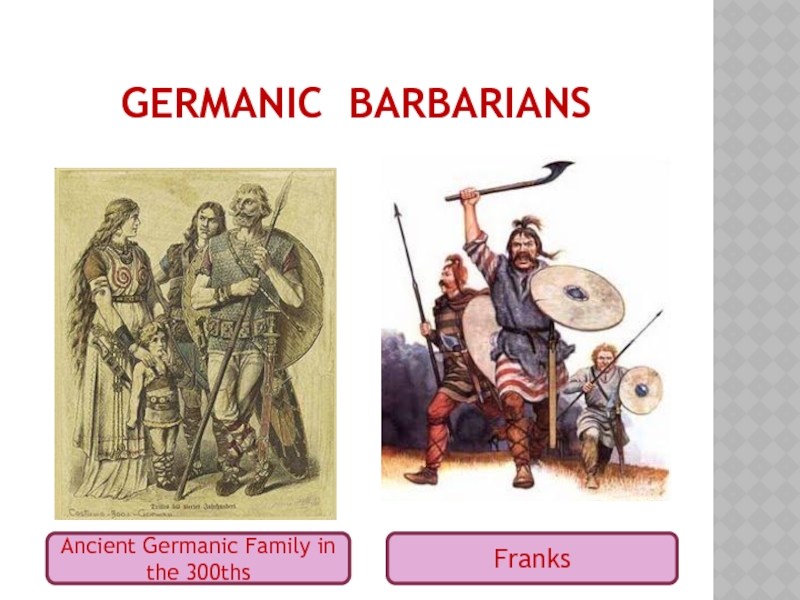
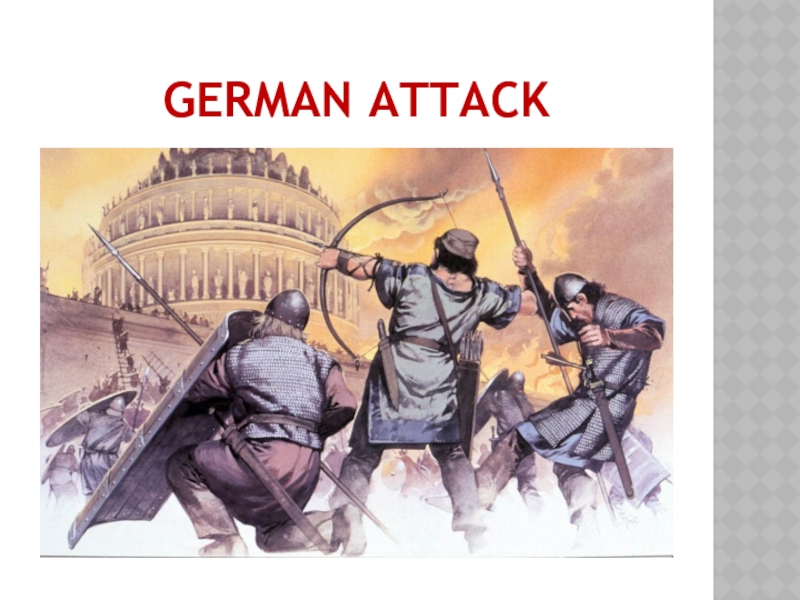
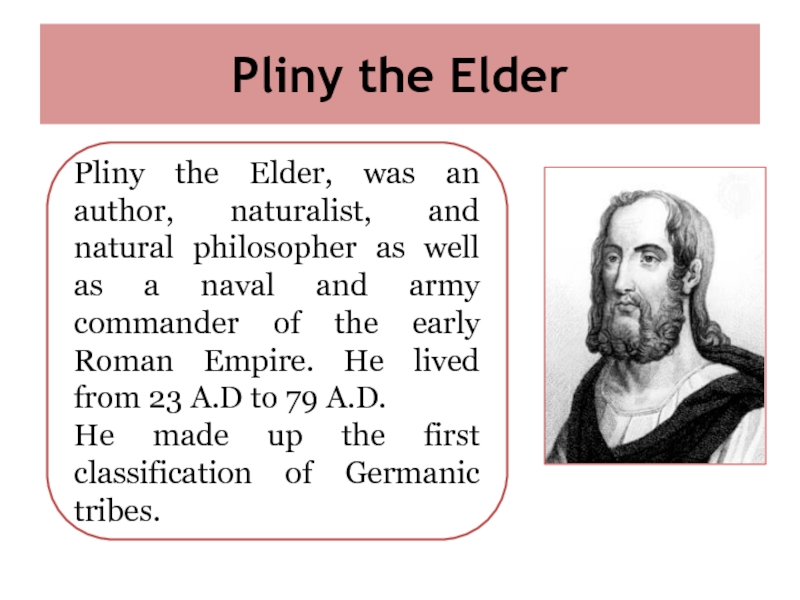
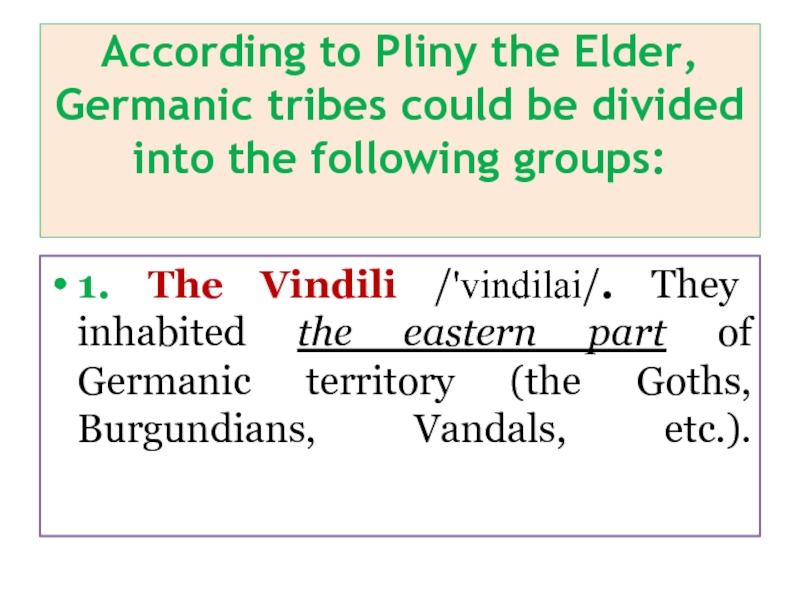
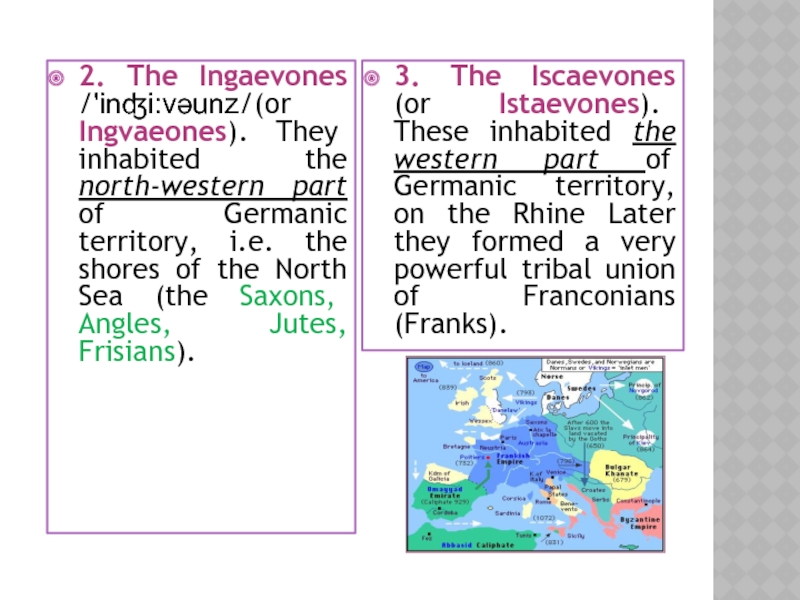
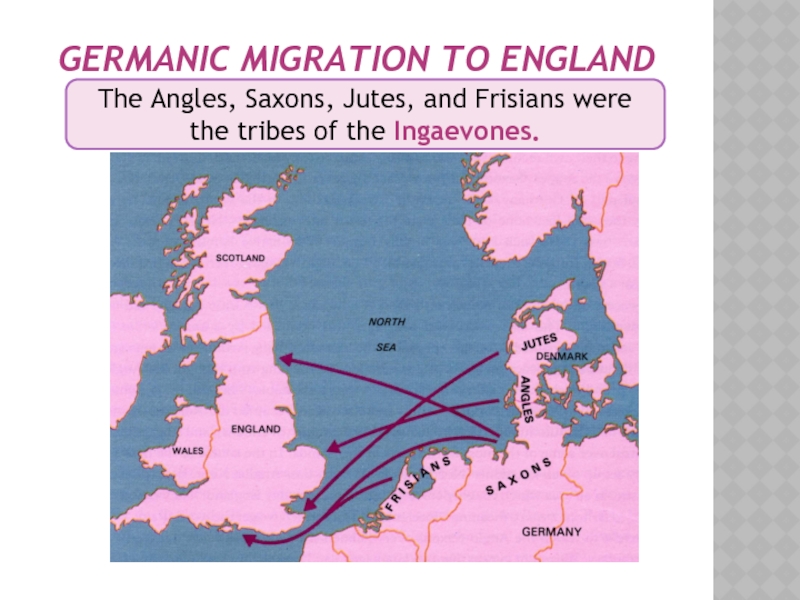
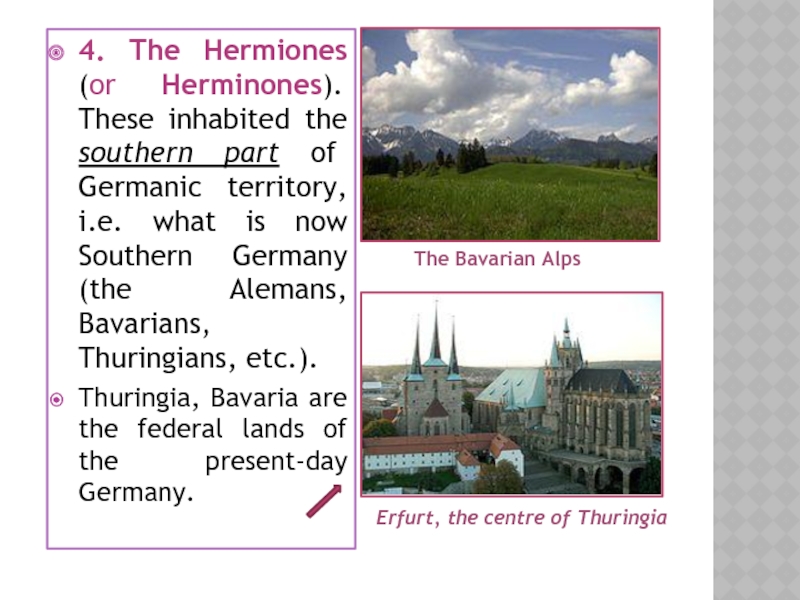
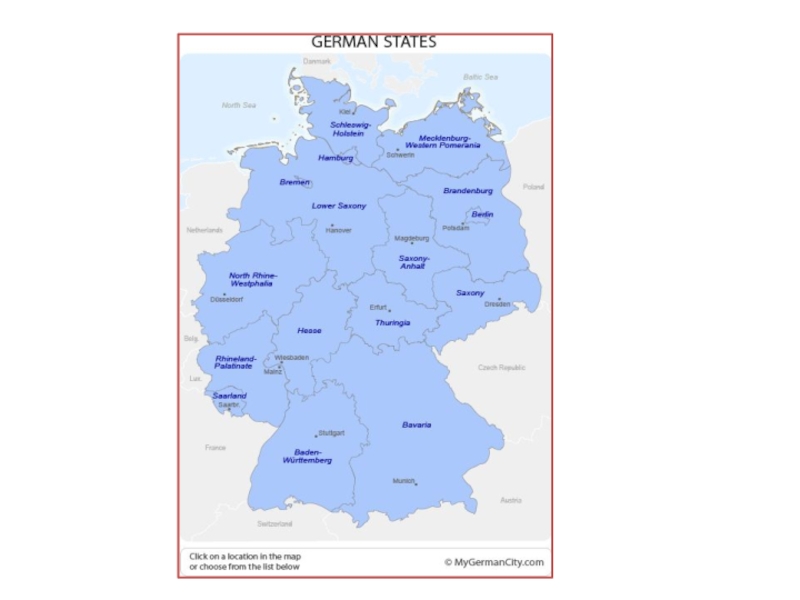
![5. The Peucini and Bastarni. These lived close to Dacia ['deiʃә/ 'deisiә], i.e. close to](/img/tmb/4/399430/982cc6ed4af1723e8ca9fcc366762f0b-800x.jpg)
